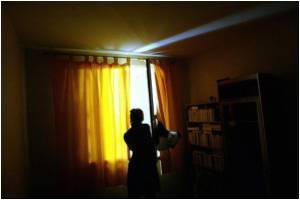Women's earnings reduce with motherhood, even with those who have impeccable qualifications, experience, work hours and jobs.

This earnings penalty ranges from 15 percent per child among low-wage workers to about 4 percent among the highly paid.
The research focused on the motherhood wage penalty - meaning how much less women with more children earn relative to similar women with no children, or with fewer children.
Michelle J. Budig of the UMass Amherst said although there hasn't been a lot of scientific study of the work-family issues involved in this wage gap, ordinary working women deal with it on a daily basis and are acutely aware of it.
Budig and Melissa J. Hodges found low-paid women lose proportionately the most earnings for having children, though almost all earners experience significant motherhood penalties.
They also found that different processes create the motherhood penalty at different earnings levels.
Advertisement
Also, that mothers have less experience due to interruptions for childbearing, explained some of the penalty among the highly paid. But a significant motherhood penalty persists even in estimates that account for these differences, the researchers say.
Advertisement
"This wage penalty for motherhood increases with each additional child and doesn't go away as kids get older. In fact, the penalty grows in size as children age and is a permanent penalty," said Budig.
"The motherhood penalty is strongly linked to the gender pay gap, which hasn't budged in size since the late 1990s. Policies aimed at reducing the motherhood penalty should have significant effects on the overall pay difference between men and women with equivalent qualifications and who work in similar jobs," she added.
Using data from the 1979 to 2004 waves of the National Longitudinal Study of Youth from the Bureau of Labor Statistics at the U.S. Department of Labor, researchers tested whether the size of the motherhood penalty, and the processes creating it, differ among white women who are low, middle, and high earners.
The findings were published in the American Sociological Review.
Source-ANI










